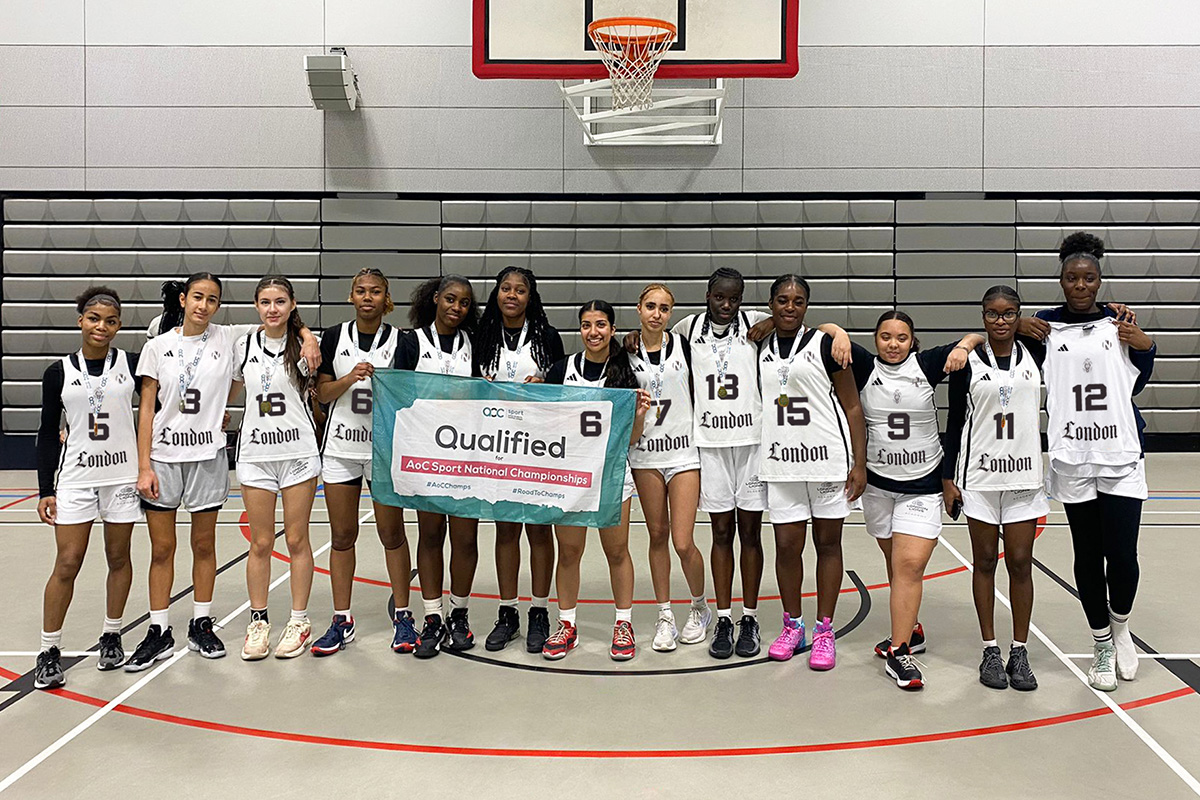8 Ways to Make Learning More Engaging for ADHD Students

Contrary to what you may hear, many ADHD people love learning! Many ADHD people are curious and love learning new and interesting facts. However, the classroom environment can be especially difficult for ADHD minds, and this affects academic performance. For instance, one study found that pupils with ADHD traits had significantly poorer academic outcomes. But why is this?
ADHD brains need more stimulation than neurotypical brains, which means that they may seem more distracted and less engaged. This is not intentional but a result of how ADHD brains work. This reflects a need for more support in the classroom and even more engaging learning.
So, how can you, as a teacher, make learning more engaging for ADHD pupils? Here are 8 tips:
- Combination of teaching & learning styles
It is ideal to implement a combination of visual, auditory and hands-on learning. This makes learning more inclusive for everyone because it caters to various learning styles. For ADHDers, this makes learning more engaging because, if someone is easily distracted when reading, hearing the same words may help them to focus on the material, and vice-versa.
A hands-on activity on the same material can further help engage ADHD pupils. Many ADHD pupils may need to move around more to get the stimulation they need. Hands-on activities naturally implement this into learning and provide an outlet for hyperactivity. This can also make learning a more fun experience for everyone, not just ADHD pupils! So, teaching that caters to a range of learning styles is essential for making your classroom inclusive not only for ADHD people but also for everyone!
- Breaking down tasks
Starting and completing tasks can be a particular challenge for ADHD pupils. Breaking tasks into smaller ones makes them much more manageable and can help students feel a sense of accomplishment. At the same time, tracking pupil progress by breaking tasks down into smaller steps is more straightforward, providing a simple frame of reference.
- Rewards
A study showed that ADHD children are more likely to choose smaller immediate rewards than a bigger, later reward. This means that small, more immediate rewards can more effectively motivate ADHD pupils. Drawing on the previous point, break tasks down and give small rewards for these. This could be as simple as a sticker, but the possibilities are endless! Research shows that continuous positive reinforcement is key for ADHD pupils, helping them to better learn!
- Allow fidgeting and doodling!
It may seem counterproductive at first glance, but for many ADHD pupils (and students in general), fidgeting and doodling help them focus and concentrate. This is because fidgeting and doodling can provide the stimulation that ADHD pupils need. Allowing fidgeting and doodling can also help prevent more disruptive alternatives.
- The choice to actively participate
Giving pupils the option to actively participate can give them a feeling of investing in their learning, especially ADHD pupils who are more likely to feel disengaged in the classroom. However, remember to take caution because participation may be nerve-wracking for anxious pupils. Make participation a choice!
- Demonstrations and visual cues
Important information should be communicated through various means, such as demonstrations and visual cues. For example, homework tasks should be written on the board and read out clearly and sufficiently detailed. Many ADHD people have auditory processing issues and working memory issues, which means they may not hear all of the key information or may struggle to remember it long enough to write it down. Some of these pupils may be anxious and afraid of asking for this to be repeated.
Including a sample of how to format work can be very useful. This can reduce anxiety surrounding homework by reducing uncertainty. It can also help students focus better on the important aspects of the task and reduce distractions related to formatting.
- Check-in on them in a positive manner
Individually checking in on your pupils can help them keep on track. This is all the more important for ADHD pupils, who may face particular challenges starting and completing tasks.
Ensure your students understand the task and have all the necessary information. It is important to encourage them in a positive and understanding manner so that they feel comfortable asking for support. This is especially important because ‘Rejection Sensitivity Dysphoria (RSD)’ is common among ADHD people. This means that they develop an extreme reaction to perceived rejection. So, it is key to positively engage with your ADHD pupils!
- Fun, creative, out-of-the-box tasks
Why not allow pupils to draw a picture or write a short story, a poem or a song about a particular topic? These creative tasks can engage pupils who struggle to focus on more traditional classroom tasks, such as answering set questions or copying down information.
These out-of-the-box tasks can particularly engage those interested in, for instance, drawing or creative writing. If a pupil is interested in creative writing but not physics, it can be valuable to link the two together to create an engaging activity. Embracing pupils’ interests and allowing some freedom in how they learn fosters a positive and engaging learning environment.
These strategies can make learning a more positive experience for all students, including ADHD pupils. Many ADHD people are curious, creative, and out-of-the-box thinkers. A supportive and engaging learning environment can truly help these strengths shine through!
By Rosemary Burningham, Marketing Officer, Happy Autistic Lady











Responses